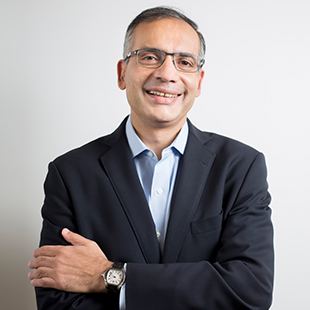Evan Spiegel – The Founder of Snapchat
Born to the lawyer parents, Evan Spiegel led a privileged childhood. He received his first computer when he was just in the 6th grade. The lavish life during his childhood never seemed to hold him back from his interests. Evan was a nerd from childhood itself. He grew up in Pacific Palisades, California and completed schooling from Crossroads School for Arts and Sciences in Santa Monica. His interest particularly lied in technology and design and he took professional training in the same early from his childhood.
Spiegel’s educational journey was mostly through the Art and Design schools and colleges. During his high school days Spiegel took design classes in the Art Center College of Design, Pasadena. The next internship he landed was in the famous energy drink producing company Red Bull. Although it was an unpaid internship he learnt a great deal about the marketing of products. This further led him to pursue product design program at the Stanford University.
Evan’s idea to connect the world with images and keep yourself updated with rest of the world was initially ridiculed by his classmates. And if it would had not been about the ridicules, the world would have never seen Snapchat. Spiegel proposed this idea positively to conduct his class final project in the Stanford but failed to receive the same response.
Spiegel met Bobby Murphy, the co-founder of Snapchat, during Kappa Sigma fraternity. The two tech enthusiasts united in an unexpected way before becoming partners in what is now a billion dollar company. Murphy was working on his idea of building an online social network platform, which was highly inspired from Google Circles. Looking at Spiegel’s previous work and experience Murphy hired him to design the platform. Unfortunately, the idea failed, but not for Spiegel.
His designing work impressed Scott Cook, co-founder of the financial software giant Intuit, and was hired for txtWeb. The project required him to design a platform to broadcast information by using web over text messages.
The Turning Point
Spiegel developed Future Freshman along with Murphy which aimed to simplify college admissions. The project was well appreciated and received a good response initially. But with time it took the low lane and finally came to a halt. When one door closes it opens another one. Who knew that shutting down of Future Freshman would actually give a kick-start to Snapchat. Evan Spiegel was approached by Reggie Brown, third in their team to build Snapchat, to discuss his technological curiosities.
The third member boosted the team’s confidence and the idea for Snapchat, for the first time, saw the light of the day. Brown suggested that the app should be named Picaboo as its main aim was to connect the world just with images. The idea was dropped as it failed to grab investors into their pockets. The company saw a downfall within just a small span of its incubation when Brown decided to part his ways and asked for 30% share and the credits the company owed to him.
Evan Spiegel and Murphy mutually decided to drop out Brown and rename the company with added features. Thus, was born Snapchat. This fallback actually set the company in motion as it started attracting youngsters and soon made its mark towards the ‘million dollar company’ tag. The company is now in full swing and is expected to introduce much more exciting features for its users.

Harshal Pawar is an avid reader, a TV show addict, and a writer. He has a personal blog brainwork.wordpress.com where he jots down his articles and poetry about love and life.
He is currently pursuing film-making and wishes to bring the words written on a paper to the screen. More of all he is a scorpio.
